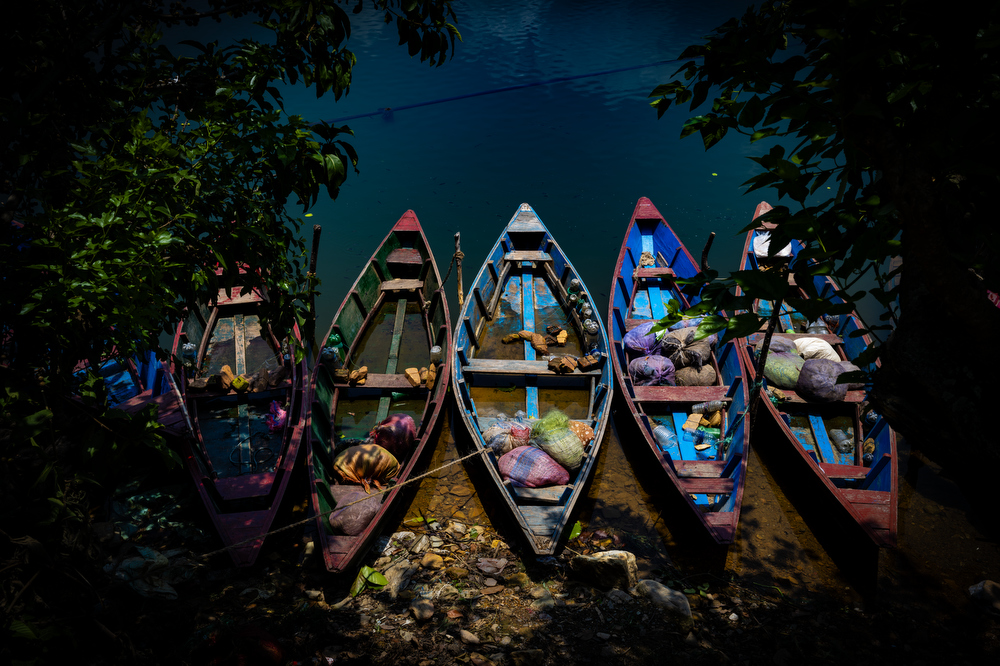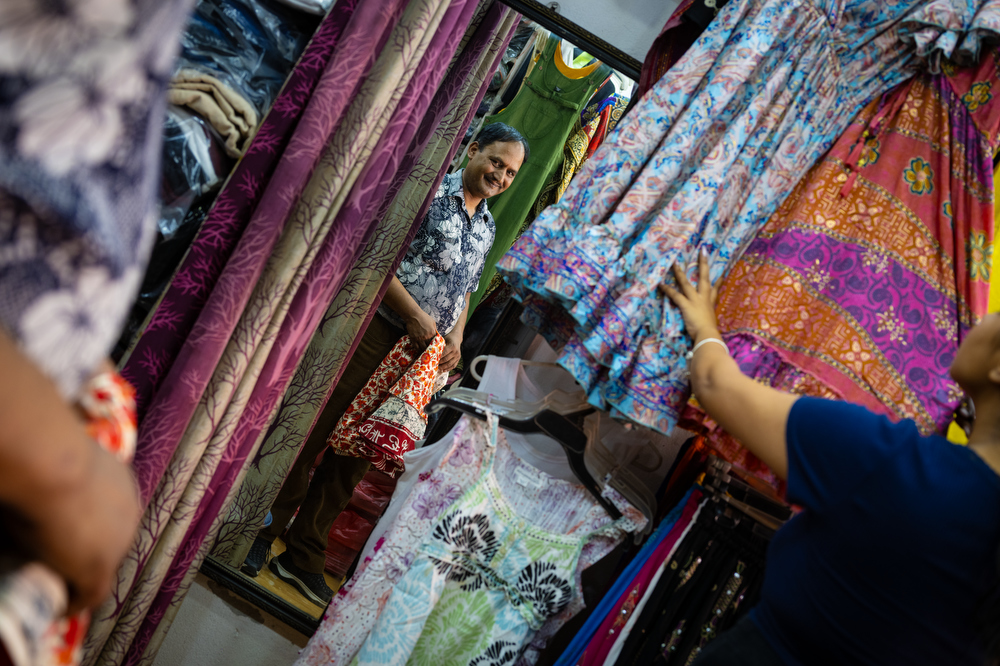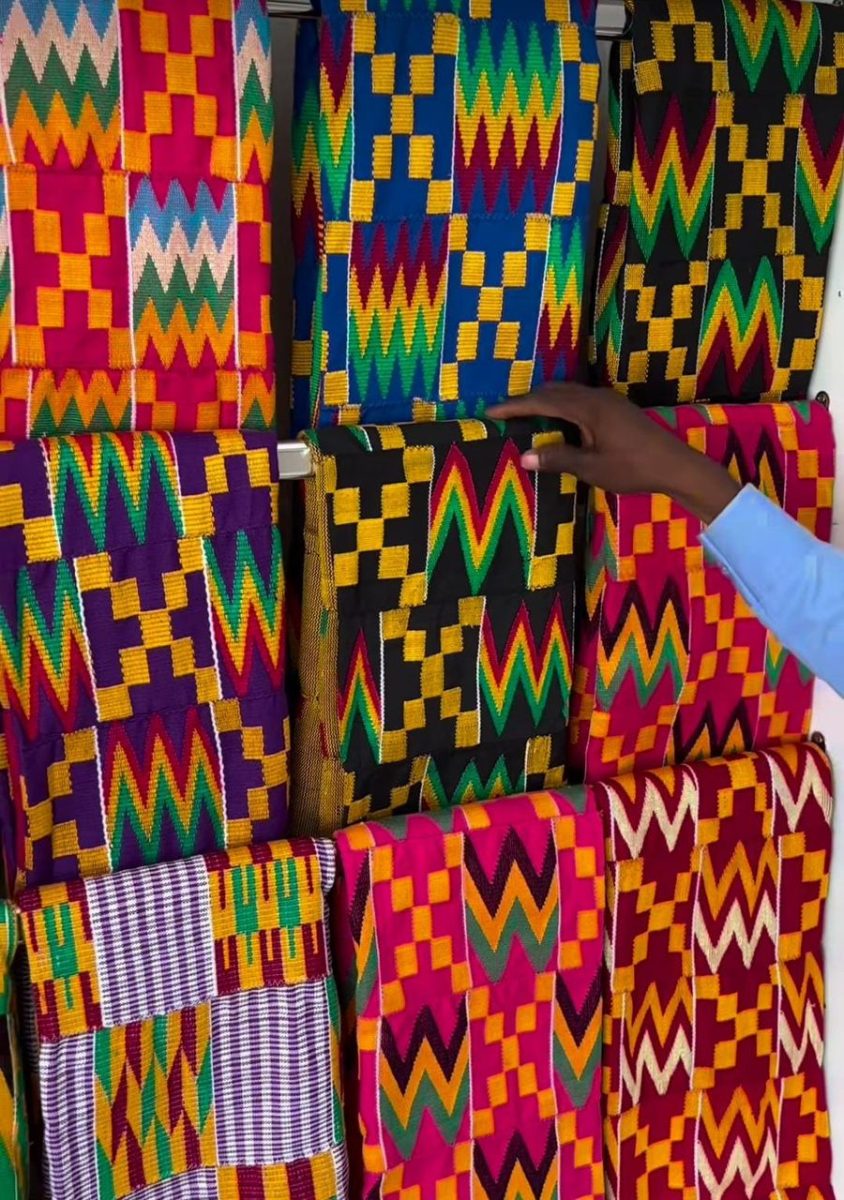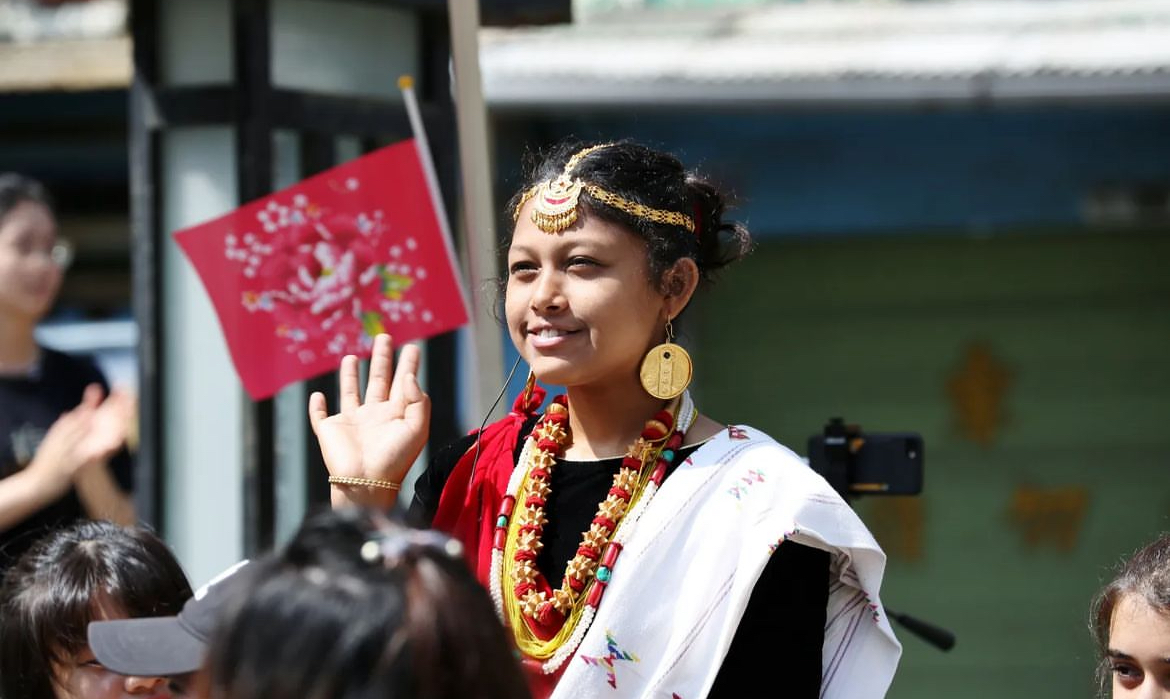Bargaining in Nepal is a customary practice as much as a monetary exchange.
But if you’re looking for the secret to negotiating in Nepal, you won’t find the answers in percentages or formulas alone.
With price tags found few and far between, customers are often expected to fight for the price they want to pay. Rates can be purposely raised to engage with people in the banter of bargaining, something culturally valued by shopkeepers and customers alike.
And for tourists, that price is often at a surcharge.
Shops like Ghimire’s can upcharge tourists for a couple different reasons: Western tourists may be less familiar or comfortable with bargaining for goods they typically purchase with a fixed price, or they may be unsure of the standard rates for different products.
Take one of the bright, colorful linen skirts that Krishna Ghimire, 50, has been selling for 25 years in Kathmandu at Le Petit Prince Traders. For tourists, his starting price ranges from Rs. (Nepalese rupee) 1,100 and 1,200 ($8-9). But for locals, Rs. 900 will suffice ($6.75).
The price you pay depends on many factors: how big the item you are purchasing is, if it’s homemade, how long it’s been in stock, your negotiation skills and — most importantly — where you come from.
“[Locals] understand what’s reasonable,” Ghimire said. “If you shop, then you know the price of everything.”
But tourists have learned bargaining strategies by observing Nepalis and others.
Owen S. likes to build a relationship with a seller before he purchases something, a tip he learned when studying abroad in Rwanda.
“You visit someone multiple times,” the University of Virginia student said. “You form this trust building process that is more effective when you’re actually asking for a price.”
But Ashley Ferguson, one of Owen’s classmates, takes a different approach. “I show a lot of interest and then I’ll be really hesitant,” she said. “I’ll ask for a different price and we’ll barter from there.”
Most of Ghimire’s customers these days are Nepali. Some days he welcomes American, Canadian, Japanese and Indian customers to his store, especially in June and July. These foreigners can be surcharged up to 40% by local businesses, sometimes paying double or triple the normal asking price.
Tourists are even surcharged on flights, hotels and admission to temples. Nepali and Indian travelers can fly from Kathmandu to Pokhara for a lakeside getaway for the equivalent of about $32 USD with Buddha Air. But for American, Chinese or French travelers, that rate gets jacked up to $102.
Considering the significant role tourism plays in Nepal’s economy, it’s no surprise that Nepali people are looking to make the most they can out of foreign visitors. This dual pricing strategy is not unique to Nepal; other countries such as Turkey, Thailand and Cambodia take the same approach.
The World Bank reported in Nov. 2022 that tourism in Nepal contributed 6.7% to the country’s GDP, with an impact of about USD $2.2 billion. As of March 2023, tourism accounted for over 20% of registered industries throughout the country, employing over 80,000 people.
According to a recent economic survey by the Ministry of Finance, Nepal welcomed almost 615,000 tourists in 2022. Foreign currency collections reached over Rs. 46 billion (USD $344 million), an increase of 190% from the previous year.
Youth recognize the economic opportunities in tourism as well. Ganesh Thapa, 19, hopes to attend Weber State University in Utah to study business. His goal is to promote hospitality in Nepal, with tourists as his target market. But his career goals are not solely driven by the lucrative business.
“I want to promote my culture in the world,” Thapa said. “They don’t know about it, and I want to make it big.”
So the key to getting the price you want in a bargain culture? Confidence.
“Be strong,” advises Sudha Sunar, a 19 year old business student from the Devchuli municipality in the Nawalparasi district. “You should say, ‘If you don’t give me the amount I say, then I won’t take it.’ They will give it to you.”
Sunar finds satisfaction in the success of her negotiations. But as much as she loves getting a good deal, she bargains with sympathetic considerations. “To the needy people, I give the same amount of money they ask for,” she said.
As a wholesale retailer, Ghimire generally advises to try negotiating for 20 to 30% off of the starting price of items. He claims the maximum discount he will give someone is 20%.
“But for you,” he says, “I give you 25%.”








